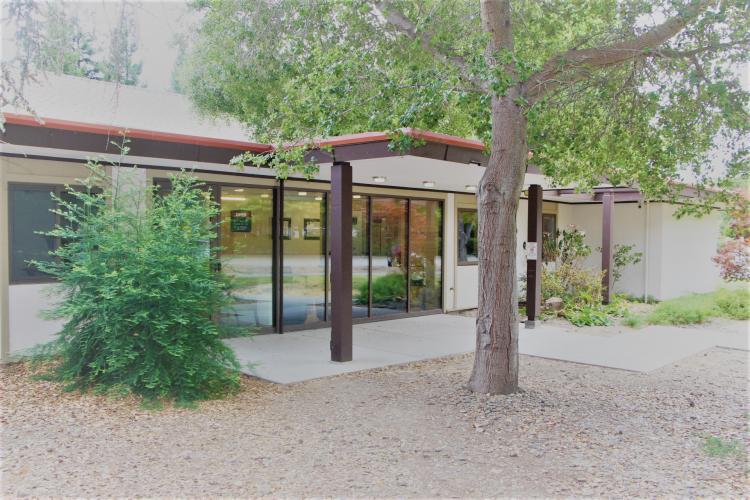ICYMI: Managing juvenile offenders — the reality behind the rhetoric
By Judge Beverly Wood
From the Marin Independent Journal
We all have seen many recent headlines about declining juvenile crime, ending juvenile detention, and re-fashioning the juvenile justice system. Those calls to action may be well-intentioned, but they don’t reflect a full understanding of what is involved in maintaining a successful system to serve and protect both our youth and our communities.
As the only juvenile court judge in Marin County, I preside over both dependency and delinquency proceedings. I work with our young people all day, every day. On call 24/7, I see virtually every minor who comes through our system.
Juvenile arrests in California have declined by 73 percent over
the past decade and detention rates have fallen by 60 percent. It
is
wishful thinking to conclude from those statistics that juvenile
crime is disappearing. Juvenile crime continues to be an issue.
We just treat it differently.
I recall an older Marin resident reminiscing about his father bringing him down to juvenile hall to “straighten him out.” Those days are long gone. Probation departments, schools and police agencies have shifted focus. Arrests and detentions are now the last resort, not the first.
The probation department implements evidence-based risk and needs assessments for each referred juvenile to determine the optimum combination of services to support that youth. The goal is to direct minors out of the juvenile justice system. Health services, counseling, extracurricular activities, peer courts, mentoring, internships and academic support are all available.
These services are sometimes “wrapped” around a youth and family in a coordinated effort. Drug testing, curfews and community service are utilized to measure progress and develop new lifestyles. Usually probation supervision and these services are sufficient to prevent future criminality.
Currently, 90 percent of kids under the probation department’s supervision are safely served in the community. Of the 71,000 juveniles referred to probation statewide, only 10 percent were detained.
That said, the harsh reality is that some youth commit violent
crimes, even extremely violent crimes, and are at high risk to
reoffend. They cannot safely be released back into the community.
Additionally, there are juveniles (often runaways) who need a
safe place to go and protection from adults (sometimes human
traffickers) who abuse or use them. Other kids suffer from
addiction, mental
health issues, or exposure to domestic violence and need the
immediate services they can only receive in a juvenile
detention
center, for their own safety.
Twice in the last week I had minors ask me to keep them in our Juvenile Hall. Probation knows what they are doing. They have initiated many of the improvements in our juvenile justice system. Minor offenses require a light touch. Escalating behaviors require more interventions. Detention is sought when safety — of the minor, of the community, or both — is a significant factor.
Our district attorney and public defender represent their respective clients with admirable balance and with a keen eye on the needs of the youth. Most of these professionals have dedicated their careers to creating and sustaining better outcomes for youthful offenders, a never-ending process.
We would all love to end detentions, but that is not realistic. One realistic goal we can strive for is a Juvenile Hall with a smaller, less costly, secure unit. Doing so would make room for services for undetained youth and their families. The courts and probation department are enthusiastic partners in such a project; but that is another story for another day.
For now, realize that addressing youthful offenders is a complex
process. Throwing out a system and participants who have so
dramatically improved the treatment of youthful offenders over
the past decade may make for a good headline, but it is not a
good idea.
Marin Superior Court Judge Beverly Wood is Marin county’s juvenile court judge.


